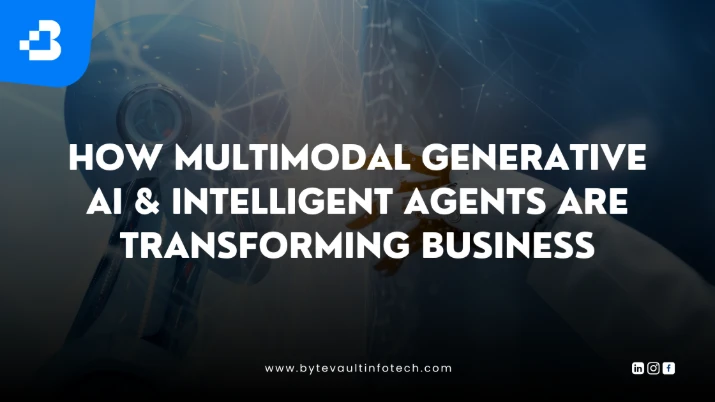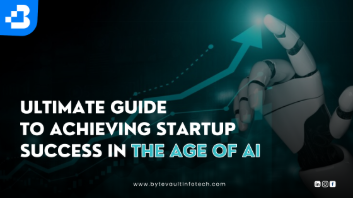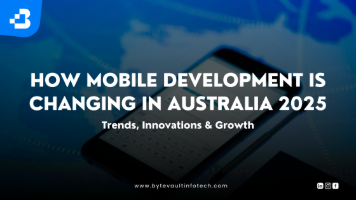
What Is Multimodal Generative AI?
Conventional AI models processed and generated data predominantly in one mode—text, for example, or pictures. Multimodal generative AI integrates and interprets information across text, images, audio, and even video, enabling truly “human-like” understanding and response. Think of chatbots that not only read text but also process uploaded images, listen to a customer’s voice for sentiment, and deliver personalized, context-aware communications and solutions instantly.
A Real-World Example
An insurance company leverages multimodal AI to process vehicle accident claims. Users upload pictures of the damage, describe the incident in text, and submit a voice account. The AI cross-references all three data types, provides a rapid estimate, and assigns the case to the appropriate human adjuster—vastly improving turnaround time and customer satisfaction.
Intelligent Agents: End-to-End Automation and Beyond
While multimodal AI brings richer data processing, intelligent agents use this information autonomously to complete complex business tasks. Unlike basic rule-based bots, intelligent agents can:
-
Understand nuanced queries and goals.
-
Make independent decisions based on evolving information.
-
Coordinate actions across multiple systems.
-
Learn from success and mistakes over time.
Example: A logistics AI agent manages delivery fleets, factoring in traffic data (real-time video), weather bulletins (text and audio), and driver check-ins (voice or SMS) to optimize routes, reassign vehicles, and notify clients without human intervention.
Why Are These Trends Dominating 2025?
Businesses demand faster, more intuitive, and scalable automation. Customers expect seamless, “frictionless” digital journeys—whether shopping, troubleshooting, or requesting quotes. Multimodal generative AI and intelligent agents deliver on both fronts, offering:
-
Heightened personalization: Understanding users beyond typed words to their tone, mood, and even visual cues.
-
Superior automation: Complex workflows completed rapidly and accurately, freeing up human talent for higher-value work.
-
Competitive agility: Quicker adaptation to market, regulatory, or customer changes using flexible, self-improving AI.
Business Use Cases Fueling the Transformation
AI Video Assistants for Customer Support
AI agents powered by multimodal tech now staff digital branches in banking, insurance, and retail:
-
Customers interact via live video.
-
AI reads facial expressions, listens for frustration or urgency, and analyzes spoken questions—all at once.
-
The system offers immediate answers or routes to a real human with a full “case file” of the interaction.
Result: Reduced wait times, increased satisfaction, and lower support costs.
Multimodal Sales and Marketing Automation
Forward-thinking companies use multimodal AI to supercharge lead qualification and nurture:
-
Social media posts and images are analyzed for buying signals.
-
Voice feedback from sales calls is assessed for intent.
-
Automated follow-ups deliver personalized emails, text invites, and even custom video messages.
Predictive Modeling for Lead Scoring
Traditional lead scoring used single data points—like form fill-outs. Now, AI models:
-
Combine prospect website behavior (text), uploaded documents (images), and voice mail analysis.
-
Predict who’s truly “sales ready” and prompt instant outreach from the right rep.
This multi-data approach means fewer lost opportunities and smarter allocation of sales resources.
How It Works: A Peek Under the Hood
Multimodal Generative Models
These advanced neural networks are trained on huge datasets spanning text, photos, audio, and video. Recent breakthroughs in transformer architecture allow models to build context and relationships between disparate formats, generating novel outputs.
For example: An AI tool might draft a technical whitepaper (text), create original illustrations (image), and record a polished voiceover (audio), all based on a short user brief.
Intelligent Agent Frameworks
Modern agent platforms allow for chaining multiple AI systems, each specialized (NLP, vision, planning), into a coordinated workflow. Agents can:
-
Access APIs to fetch or update business systems (CRM, ERP, HR tools).
-
“Talk” to other agents—sharing results, escalating issues, or combining findings.
-
Escalate complex or ambiguous cases to humans, complete with context and recommendations.
Multimodal AI for Smarter Lead Generation
Businesses are realizing transformative results by leveraging these technologies for lead capture, qualification, nurturing, and conversion:
-
Conversational AI chatbots on websites process not just text but uploaded imagery (e.g., product interest photos), increasing the conversion rate.
-
AI assistants analyze webinar Q&A sessions (voice and text) to identify high-value prospects.
-
Automated lead nurturing uses analysis of email opens, video watch time, and feedback voice clips to score leads and send tailored outreach.
Examples of Top Tools and Platforms
-
OpenAI GPT-4/5: Powers text, code, and image generation for sales, marketing, and support.
-
Google Gemini: Known for integrating search, voice, vision, and business data for custom applications.
-
Custom AI Agent Builders: Vendors like LangChain and Hugging Face provide agent frameworks, API integration, and deployment tools suitable for business workflows.
Selecting Your AI Partner: What to Look For
When choosing an AI partner or vendor for these cutting-edge projects, prioritize:
-
Integration proficiency: Can the solution tie into your CRM, ERP, customer support, and data warehouses?
-
Security & privacy: How is sensitive data (especially images, audio) protected? Are the models compliant with GDPR, HIPAA, or local regulations?
-
Transparency & explainability: Do you receive clear insights into why AI made a decision (important for regulated sectors)?
-
Ethical AI practices: Is there bias monitoring, and are outcomes regularly audited?
Conclusion: The Competitive Edge for 2025 and Beyond
In 2025, business leaders face a simple choice: harness the transformative power of multimodal generative AI and intelligent agents, or risk falling behind to AI-forward competitors. These technologies are no longer a futuristic promise—they are today’s productivity multiplier, cost reducer, and customer loyalty engine.
By choosing the right partners and approaches, your business can join the ranks of industry pioneers who are not just automating tasks, but reimagining how value is created and delivered in the digital age.


